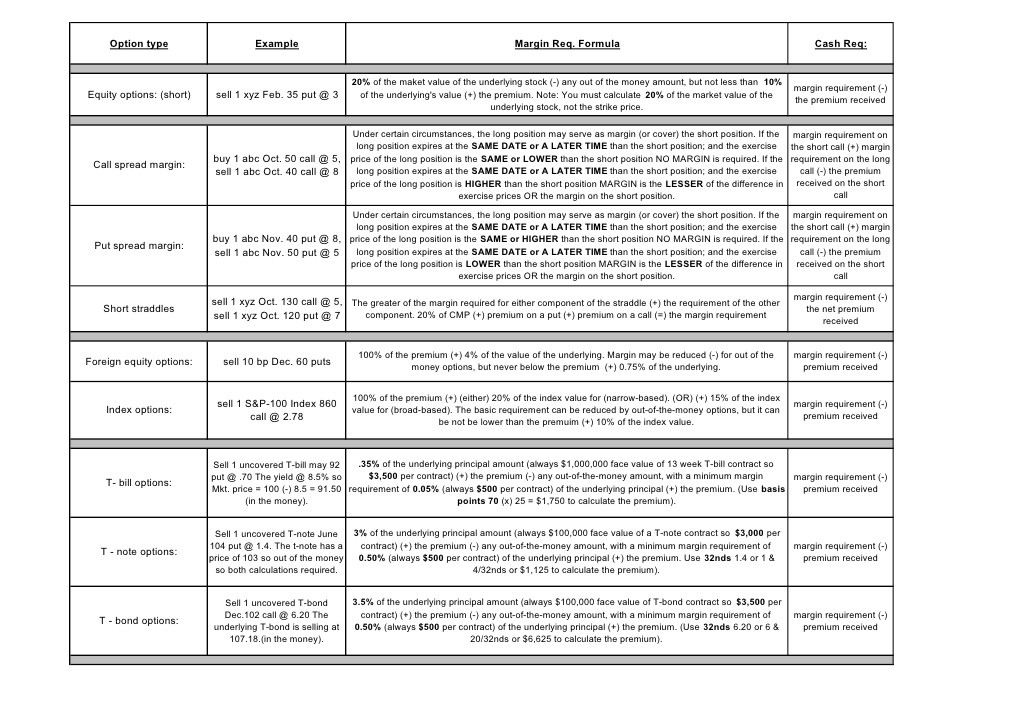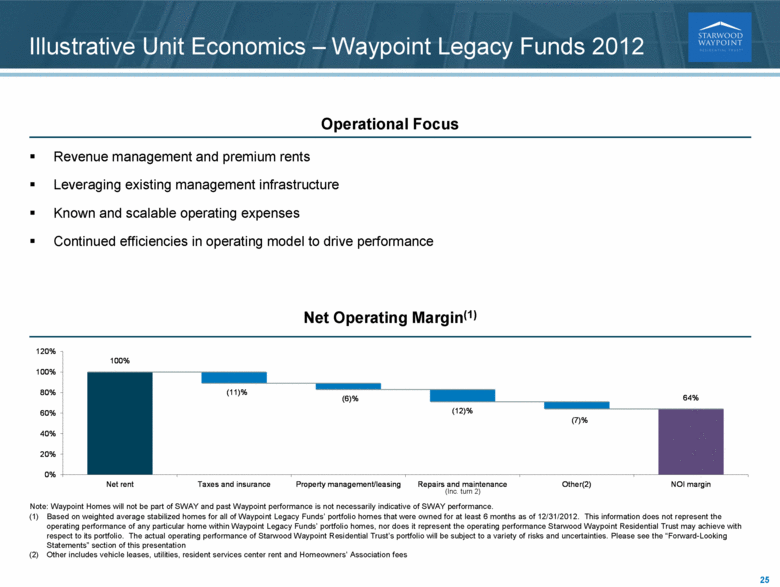Spreading The Word About Portfolio Margin_1
Post on: 16 Июль, 2015 No Comment

Credit spreads can provide consistent returns at a relatively low level of risk for traders with the capital to abide by their brokers’ traditional margin requirements. Credit spreads (such as bull put spreads. bear call spreads and iron condors ) are neutral trading strategies. They provide traders with upfront capital that is kept if the underlying security stays within a specific trading range. As these spreads are positioned farther away from the value of the underlying security (out of the money ), it becomes less likely that the trader will have to return any upfront income earned or incur any losses. To cover risk of loss, brokers withhold cash (margin) from the trader’s account until the position has expired or losses are incurred and paid.
The relatively new concept of portfolio margin calculates margin subject to the probability of loss and not the potential amount of loss, creating new return possibilities for spread traders.
No Risk Means No Reward?
For example, consider a bull put spread on the Russell 2000 Index at various risk positions. A bull put spread is created by selling a put option and buying another put on the same underlying security farther out of the money. The trader creates a credit between the money received for selling the put and the cost of buying the alternate put position. The spread between the two put positions determines the amount of credit and the margin to withhold. As long as the value of the underlying asset stays above the sold put position, the trader keeps the credit when the puts expire. (For more on credit spreads, see Vertical Bull and Bear Credit Spreads .)
Using the traditional margin calculation, the brokerage firm will hold the credit received plus an amount of margin regardless of the value of the underlying security. The combination of the credit and the margin will always equal the total dollar amount at risk in the transaction. The traditional margin requirement for the spread position equals:
Spread Amount – Total Net Credit/Share) x Number of Contracts x 100
Assuming 10 contracts of a one-month 350/340 credit spread for a net credit of $1.80 per share, the margin withheld would be $8,200. Assuming 10 contracts of a one month 250/240 credit spread (100 points farther out of the money) for a net credit of 15 cents a share, the margin maintenance increases to $9,850. Although the trader has significantly reduced the risk of loss, the maintenance requirement increases, penalizing the trader for taking less risk.
Using this calculation, the brokerage firm will withhold from the trader’s account the maximum loss that could transpire regardless of how probable it is that the trader will actually lose money. For credit spread traders, this is a significant penalty because losses are only incurred if the underlying security breaks out of a trading range and only if the trader is forced to buy back the position before the options expire.

Spread traders can easily find enough credit far out of the money to reward them for the limited risk they take. Although the credit may be acceptable, the margin requirements often make the returns too small compared to the money withheld by the brokerage firm.
Portfolio Margins Can Enhance Returns
In April 2007, the SEC began allowing portfolio margin for retail trading accounts. It is called portfolio margin because it allows the brokerage firm to net out all positions in a trader’s account before assessing the margin requirements. Portfolio margin calculates the total loss potential of the portfolio and not the total loss potential of all the individual positions. Because some positions will gain when others lose, portfolio margin usually results in significantly lower withholding than under the traditional rules. Portfolio margin can reduce margin requirements across all trading strategies, but it provides an exceptional benefit for credit spread returns. Using the new rules, the brokerage firm will only retain enough cash to cover the greatest potential loss under a scenario as determined by the SEC.
For credit spreads, the current value of the underlying security is stressed by 15% on the upside and downside, which creates a trading range from which to calculate potential gains or losses (assuming the trader had to buy the position back before expiration). The greatest potential loss within that trading range is then used as the withholding amount.
With portfolio margin the farther the position is from the underlying (out of the money) security, the less likely it will incur losses, resulting in lower margin requirements. With portfolio margin, it’s possible to significantly increase the return-risk ratio for spread positions than with traditional margin. The farther out of the money, the greater the reduction in margin and the greater the return enhancement at that level of risk. The following table represents the difference in margin requirements between the traditional calculation and portfolio margin for the spread examples previously mentioned.














